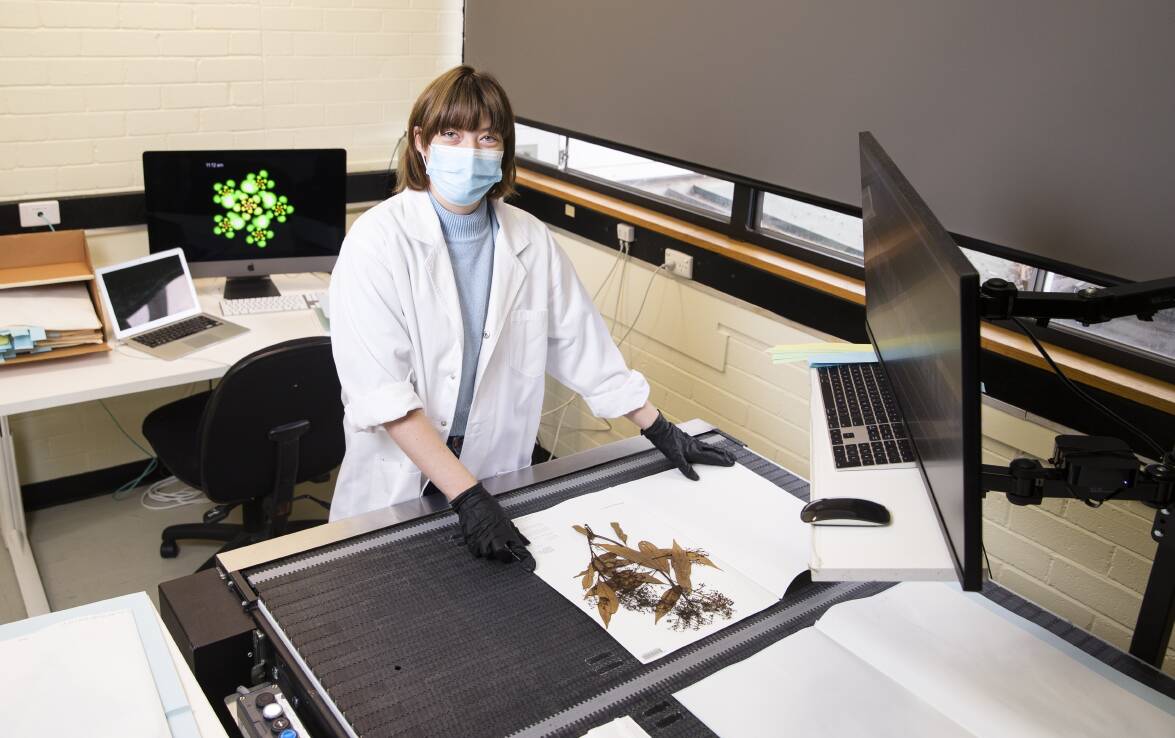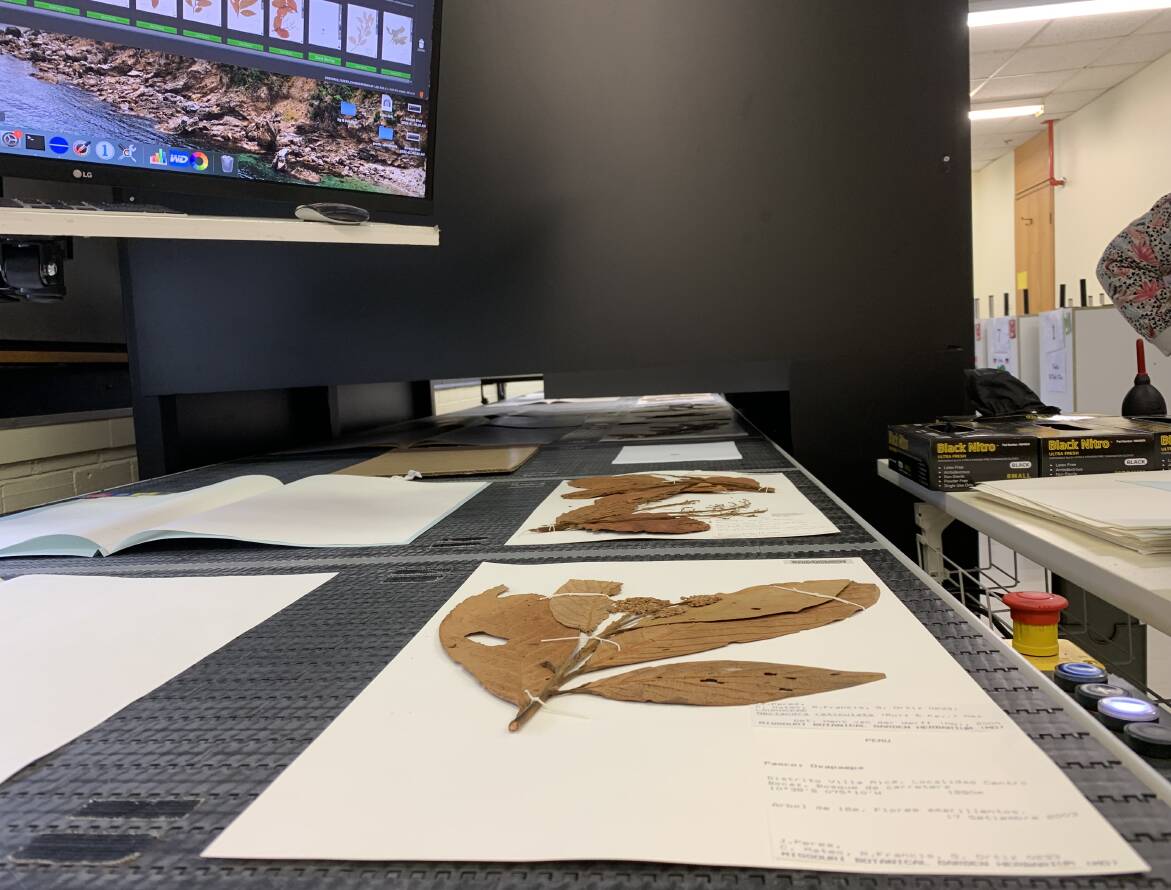
From within its spirit vault filled with mysterious, murky glass jars and decades-old collector numbers pencilled in script on fragile labels, to its massive banks of dried plant specimens, the CSIRO in Canberra is embarking on an ambitious project to transform the physical to the digital.
All the specimens held within the Australian National Herbarium, one of Australia's largest plant collections, is slowly being uploaded for public access, a process which when complete will amass 220,000 terabytes of imagery, protected against the ravages of time and degradation for future generations.
Until now, only those scientists and academics working within the huge vaults have held a true understanding of what irreplaceable samples are contained therein, some dating back to when the first European botanist, Joseph Banks, waded ashore.
The CSIRO's program mirrors many other such programs going on around the world. For example, the Global Plants Initiative - from the Smithsonian in the US to the world's oldest and largest herbarium in Kew, in the UK - currently involves 175 museums, universities and herbaria from 60 countries all working to a common digital purpose.
Eventually, the Black Mountain collection will link to Australasia's Virtual Herbarium, an online digital database containing more than eight million plant, algae and fungi specimens.
The project will enhance biosecurity measures and to help with bushfire recovery, the ability to dive into digital records quickly without a laborious manual search will speed the process, as well as step up the sharing of scientific knowledge around the globe.
The laborious previous procedure of setting each sample under a high resolution camera and taking a picture has been replaced by a mini-conveyor, onto which each plant sample is carefully unwrapped - most seeing the light of day for the first time in decades - then fed into a huge, shrouded light box, where a 200 megabyte image is taken.
For research purposes, having such a high resolution image enables the close study of plant structure, veins, lobes and stems.
Botanist Emma Toms, who is managing the herbarium's imaging, said that even with the semi-automated process, the project will take another nine months given about 800,000 sheets of plant specimens sit within the CSIRO vaults.
"Using a standard camera rig, this process would have taken about eight years," she said.
"This is a much more streamlined process using Picturae, which is the same process used by the Smithsonian. Two people carefully open each specimen and check it visually to make sure it is in good condition and it has a bar code, then it is fed on the conveyor into the camera.

"At the other end, another person repacks the specimens and checks the photographs for any errors," she said.
The full digital plant collection will be uploaded to the Atlas of Living Australia, available for public viewing.
Digitising the Australian National Herbarium collection will be the start of similar programs ahead for other CSIRO collections, including its insects and birds. However, photographing these three-dimensional specimens will be much more complicated, involving multiple cameras and in turn, soaking up vastly more digital storage.
Pete Thrall, the CSIRO's group manager of the project, said that there was still much more to learn as the process went on.
"For instance, we know that most bird species can see into the ultra-violet and parts of their bodies and plumage glow when exposed to ultra-violet light," he said.
"How we digitally capture that in three dimensions for future research purposes is one of the many things we are still grappling with."







